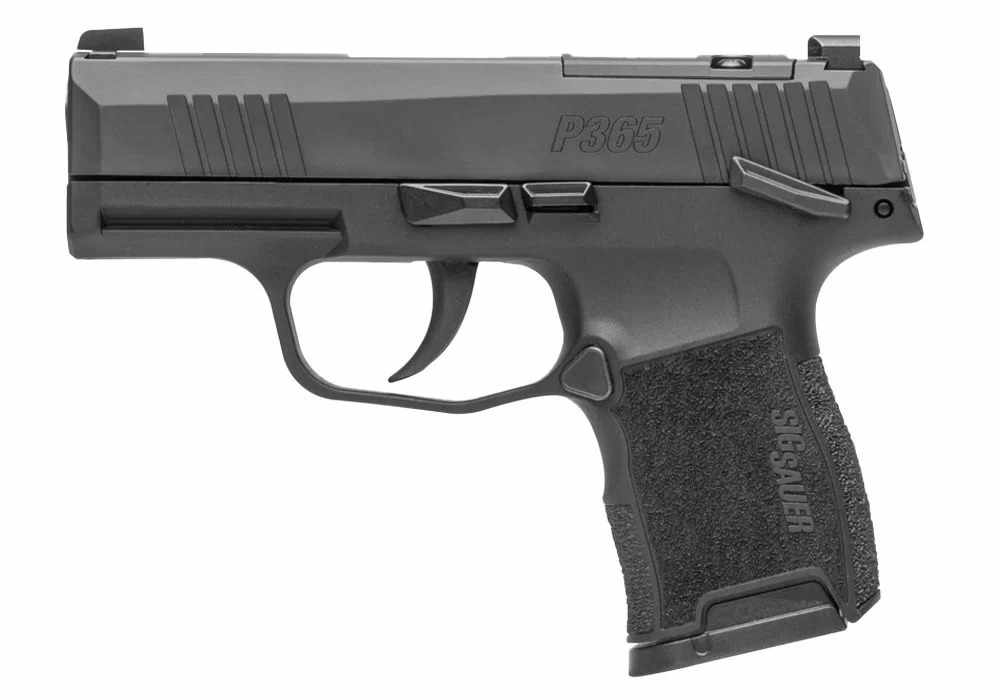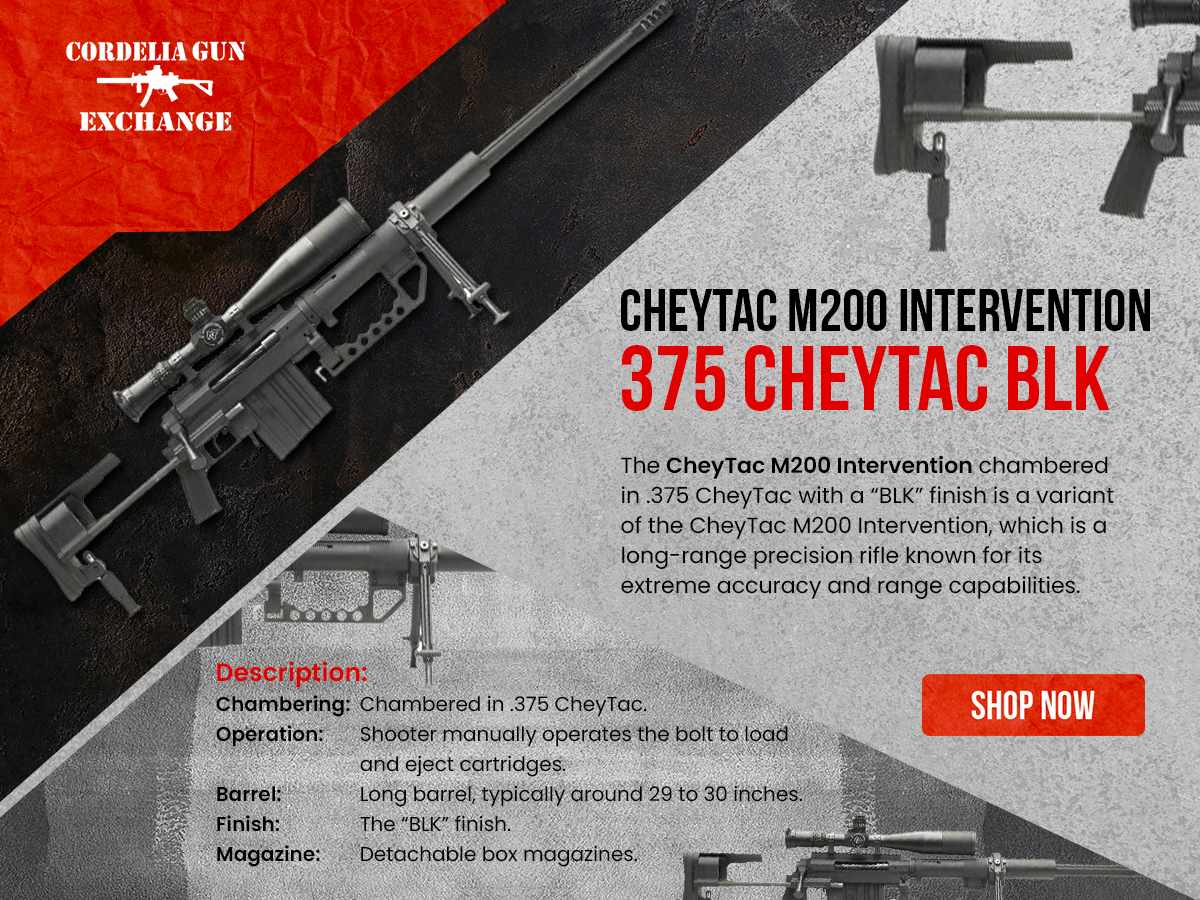
Bullets have played a crucial role in firearms for centuries, evolving in design and function to suit various shooting needs. Whether for hunting, self-defense, law enforcement, or military applications, bullets come in many shapes and sizes.
What Is a Bullet?
A bullet is the projectile that is fired from a firearm when the trigger is pulled. It is only one part of a complete round of ammunition, which also includes a casing, gunpowder, and a primer.
Bullets are designed to travel at high speeds and strike targets with force, making their shape, weight, and composition critical to their effectiveness. The bullet caliber chart helps shooters select the right size and type of bullet for their firearm.
Bullet Sizes and Calibers
Bullet size is determined by its caliber, which refers to the internal diameter of a gun barrel measured in inches or millimeters. For example:
A .22 caliber bullet has a diameter of 0.22 inches.
A 9mm bullet has a diameter of 9 millimeters.
A .50 caliber bullet is 0.50 inches in diameter.
The biggest bullet ever fired from a small arms firearm is the .950 JDJ, a massive caliber used mainly for experimental shooting.
Different firearms require specific calibers. For example:
The AR-15 bullet size is commonly .223 Remington or 5.56x45mm NATO.
The AK-47 bullet size is typically 7.62x39mm, known for its stopping power.
Understanding bullet sizes ensures the correct ammunition is used for the right firearm.
Also read: Top 7 Best 5.56 Ammo of 2025
Different Types of Bullets
Bullets are designed for different applications, from target practice to self-defense and big-game hunting. Here are some of the most common types of bullets:
1. Full Metal Jacket (FMJ)
Features a soft metal core (usually lead) enclosed in a harder metal shell.
Used for military, training, and target shooting.
Provides deep penetration but does not expand on impact.
2. Hollow Point (HP)
Designed with a hollow tip that expands upon impact.
Increases stopping power while reducing over-penetration.
Ideal for self-defense and law enforcement.
3. Soft Point (SP)
A compromise between FMJ and HP bullets, featuring an exposed lead tip.
Expands upon impact but maintains deeper penetration.
Popular for hunting.
4. Armor-Piercing (AP) Bullets
Built with hardened steel or tungsten core to penetrate body armor.
Restricted for civilian use in many countries.
5. Ballistic Tip Bullets
A polymer tip enhances aerodynamics and controlled expansion.
Used for hunting and long-range shooting.
6. Wadcutter (WC) and Semi-Wadcutter (SWC)
Flat-nosed bullets used mainly for target shooting.
Provide clean-cut holes in paper targets for better scoring.
7. Frangible Bullets
Designed to break apart on impact, reducing the risk of over-penetration.
Used for indoor shooting ranges and specialized training.
Read more: Best Ammo Brands
Choosing the Right Bullet for Your Needs
Different bullets serve different purposes:
Self-defense: Hollow point bullets for maximum stopping power.
Hunting: Soft point or ballistic tip for controlled expansion.
Target Shooting: Full metal jacket for cost-effectiveness.
Military/Law Enforcement: Specialized rounds such as armor-piercing or hollow points.
Using the correct ammunition for your firearm and situation is critical for safety and performance.
Popular blogs
Best 9mm Glock Pistols: A Complete Guide
What are the Best Alternatives for AR 10s?
Conclusion
Bullets come in various types and sizes, each designed for specific purposes. Whether you're a hunter, target shooter, or self-defense gun owner, understanding what a bullet is, the different types of bullets, and how bullet sizes affect performance is essential.
By using the right ammunition, you can improve accuracy, effectiveness, and safety while handling firearms. Always check your firearm’s recommended caliber and follow local regulations for responsible gun ownership.




















Write a comment ...